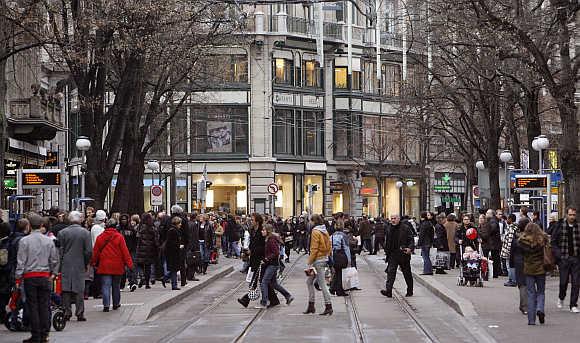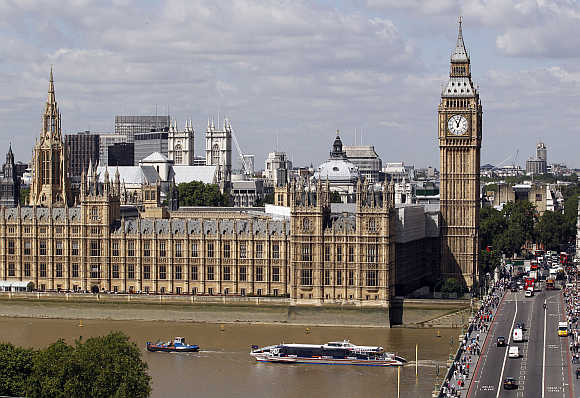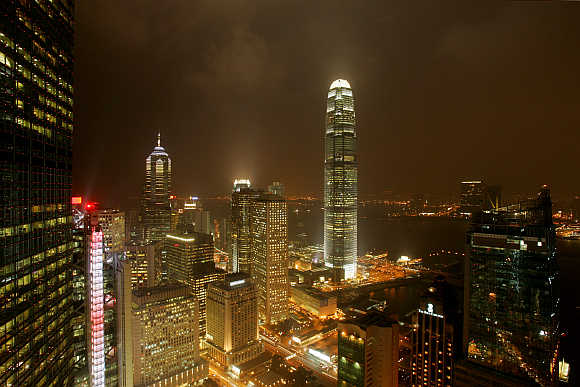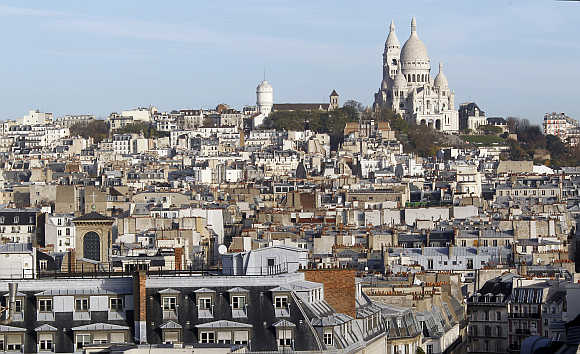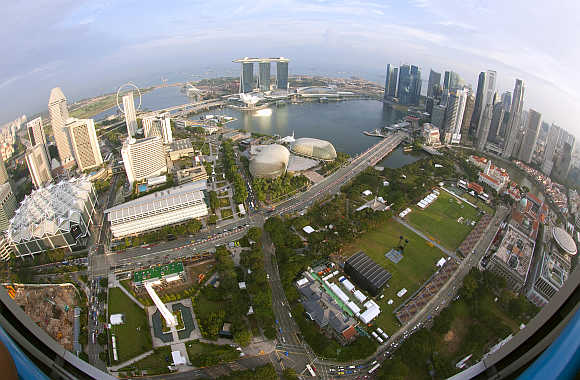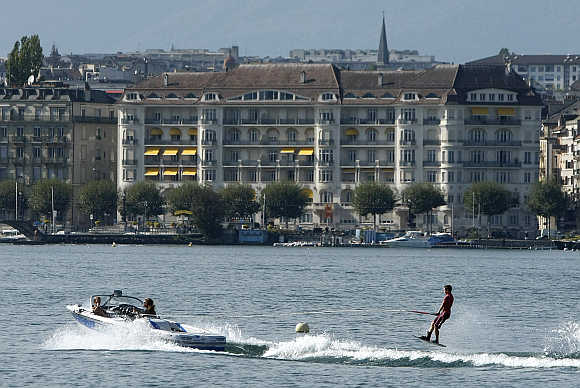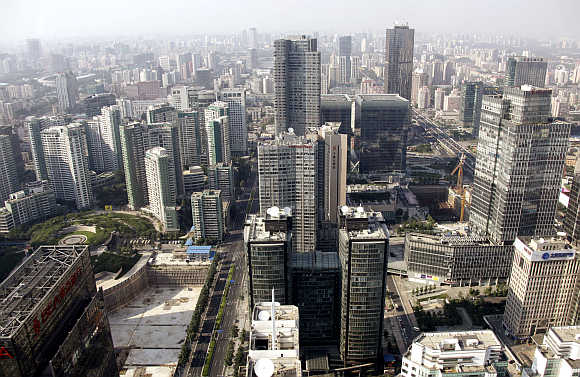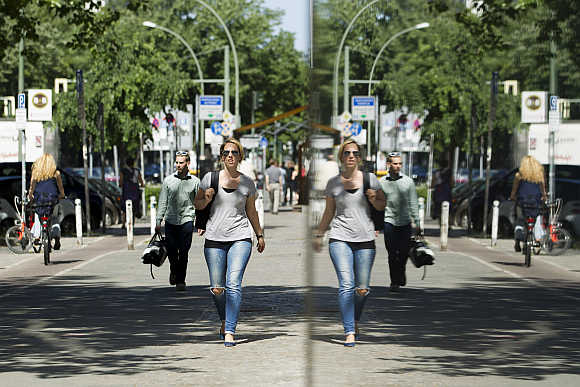 | « Back to article | Print this article |
10 hottest property markets in the world
With the seismic shifts taking place in economies, power structures and societies around the world, a very different economic landscape is developing in which the rise of the emerging economies looks set to be a permanent feature. But what does this mean for the world's global cities? Traditionally the likes of London and New York have reigned supreme, but will they be able to maintain their dominance in the face of growing competition?
Research by Knight Frank suggests that, for now at least, their position looks safe.
Let's take a look at some of the hottest property markets in the world, according to a recent report by Knight Frank.
Click NEXT to read more...
10 hottest property markets in the world
London
When asked what makes a global city, the top-scoring indicators were personal safety and security, economic openness and social stability, which is perhaps unsurprising given recent geopolitical turmoil around the globe, and goes some way to explaining London's impressive performance.
Though deemed less important, the availability of luxury housing and excellent educational opportunities, as well as the presence of other high net-worth individuals, were also noted as key attributes.
Click NEXT to read more...
10 hottest property markets in the world
New York
The most significant driving force of any city is its people. It is crucial to have a liveable environment for increasingly mobile populations, and to attract a significant foreign workforce. More than one-third of people in New York and London are foreignborn.
Despite their astonishing growth, Asian economic powerhouses fail to reach that level of cosmopolitan culture.
Click NEXT to read more...
10 hottest property markets in the world
Hong Kong
The attempt to control prices in China has seen investors switch their focus to commercial property markets and also to the prime residential market in Hong Kong. Mainland Chinese buyers now make up 25 per cent of prime market purchases in Hong Kong, where prime apartment prices rose by a further 4.6 per cent in 2011, compounding the 60 per cent growth seen since the beginning of 2009.
Click NEXT to read more...
10 hottest property markets in the world
France
Commercial property markets around the world have seen a rebound in purchases over the past two years by private wealthy individuals taking advantage of the price drops that occurred during 2008 and 2009.
Click NEXT to read more...
10 hottest property markets in the world
Singapore
In 2009, $41.6 billion of private money was invested globally in commercial property, according to Real Capital Analytics. This jumped to $57.4 billion in 2010, and rose to $70.6 billion in 2011. This is quite remarkable considering the fall in investment seen by some other asset classes in 2011, as investors responded to mounting uncertainty in the global economy.
Click NEXT to read more...
10 hottest property markets in the world
Miami
That the in-flow of money increased in 2010, a bullish year, but was maintained in 2011, a bearish year, suggests private investors view buying commercial property as a long-term strategy, not just as a recovery play.
Click NEXT to read more...
10 hottest property markets in the world
Geneva
Knight Frank expects further growth in investment from wealthy individuals, forecasting a purchase volume of $74.1 billion in 2012, a five per cent year-on-year increase, as investor caution favours the safety of bricks and mortar.
Click NEXT to read more...
10 hottest property markets in the world
Shanghai
"Shanghai prime prices might have fallen 3.4 per cent in 2011, but they are still 37.5 per cent higher than they were in early 2009," says Thomas Lam Ho Man, Knight Frank's Head of Research for Greater China. In addition, the Chinese government has made a concerted effort to halt runaway price growth.
This objective confirms two key issues that will become more and more important for future performance in the prime residential market.
Click NEXT to read more...
10 hottest property markets in the world
Beijing
The statistics on China's growth are remarkable. Its luxury goods market is growing 35 per cent annually and luxury brands such as Prada and Gucci are opening stores in cities mostly unknown outside China. But the relative anonymity of these secondary cities could well change in the near future.
Even the most conservative forecasts suggest that by 2025 China will have around 130 cities with over one million inhabitants, more than the US and Europe combined.
Click NEXT to read more...
10 hottest property markets in the world
Berlin
The global economy expanded, but the pace of growth was much slower than in 2010. The US economy grew by just 1.8 per cent and GDP in the troubled eurozone rose just 1.6 per cent. In contrast, Asia managed to chalk up economic growth of 7.9 per cent, although even this was down on the 9.5 per cent achieved 12 months earlier.
